What is air quality modelling?
Air quality modelling uses computational software to simulate the emission and dispersion of pollutants in the atmosphere based on a variety of factors such as source characteristics, meteorology and terrain.
The aim of air quality modelling is to predict concentrations of air pollutants that may be emitted from a wide range of sources including industrial plants, construction sites and vehicle traffic.
At Trinity, our expert team of scientists and engineers use a number of different software programs and models to produce diverse outputs and scenarios for all kinds of requirements, from the simplest of jobs through to large and complex research projects.
Who needs air quality modelling?
Air quality modelling can enable clients to assess their likelihood of compliance with regulatory requirements across existing or proposed projects or operations under a variety of scenarios. Clients can use modelling to optimise their air quality outcomes by incorporating predictive science into their management strategies.
Modelling is commonly used in circumstances where air quality information is required but may not yet be available, such as when a new development is proposed.
Modelling can also assist in air quality management over large or hard-to-access areas that may be difficult or costly to monitor, especially for long periods of time. For example, modelling may be used to assess potential pollutant dispersion under a range of different weather patterns, using data input such as hourly meteorological conditions over a year or more.
Trinity has undertaken air quality modelling for a range of clients and projects including:
- Mines – coal, metalliferous and industrial minerals
- Oil, gas and energy plants
- Quarries, landfill and waste facilities
- Refineries and process plants, batching plants and mills
- Roads, railway lines, airports, sea ports
- Transport (roads, railway lines, airports and sea ports)
- Major supporting infrastrucutre developments (e.g. tunnels, busways)
- Residential and mixed use developments – houses, units and mixed
- Retail, educational and commercial developments.
Why Choose Trinity
- Help to identify your air quality requirements
- The latest computational software to create predictive models and diverse scenarios
- Decades of practical experience, backed up by engineering and scientific expertise
Trinity capabilities
Trinity has the skills, experience and software to cater to a wide range of air modelling requirements.
Models and software
- AERMOD
- CALPUFF
- GRAL
- TAPM (The Air Pollution Model – the Australian meteorological model)
Emission inventories for air, land and water releases
- Sophisticated National Pollutant Inventory reporting, customised to site
- Greenhouse gas inventories
- Landfill fugitive air emissions
- Speciation of volatile organic compounds and particulate composition
- Organic storage tank emissions
- Sewage treatment plant air and water emissions
Meteorological modelling
- Generation of site‐specific weather data, both using prognositc and observational weather station data
- Assimilation of modelling data and observational data into format for dispersion modelling
- Provision of representative weather data
Air dispersion modelling
- Simple terrain applications within 2km
- Complex modelling of fugitive sources, large domain, coastal or complex terrain
- Complex building topography
- Road and rail modelling
- Photochemical or regional modelling
- Source identification by chemical mass balance and receptor modelling
- Plume rise analysis for assessing airport space impacts
How we work
At Trinity, we tailor our approach to suit your needs. Our experts will collaborate internally, and with your own project team, to deliver unique and innovative solutions that apply skills and ideas from a range of interelated disciplines.
We work closely with our clients to determine their holistic air quality management needs, and advise on whether we believe air quality modelling may be beneficial. We also know how to package up our modelling output into tailored formats and reports for a range of different purposes, be it to suit regulators, local councils, governments, supplementary environmental experts or community and other stakeholders.
Talk to us about your needs today.


